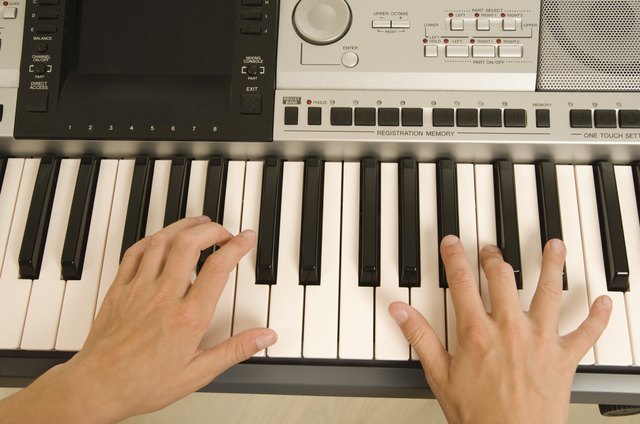
iOS users will also need a microUSB to Lightning adapter and a powered USB hub connected somewhere between the keyboard and the peripheral, but beyond that the process for either OS is the same just plug and play. This method also means you can connect a conventional full-sized USB (not PS/2) computer keyboard should you wish.Īndroid and iOS devices can connect to a standard USB peripheral like a keyboard using an OTG (On-The-Go) cable, which features a female full-sized USB connector on one end and a male microUSB connector on the other. If you don’t want the hassle of having to charge up your keyboard along with your mobile device from time to time then physically connecting one via USB is a potential alternative. With some devices you may be asked for a passcode, which you’ll either be able to simply accept from your phone’s/tablet’s display or type in using the keyboard itself (which was the case when we paired the Logitech K480 up to an Android smartphone). With any luck your new wireless keyboard should make an appearance and then it’s simply a case of tapping on it to initiate a first-time connection. Once pairing mode is engaged, jump back to your phone or tablet and the Bluetooth device menu, found somewhere in the settings. Pairing mode might look different from keyboard to keyboard, but chances are it’ll require you holding a button or switch down until a light somewhere starts blinking. The LG Rolly is one of the more unusual Bluetooth keyboards out there. First open the Bluetooth menu on your smartphone or tablet and ensure your device is visible, then jump to the keyboard and make sure it’s in pairing mode as per the manufacturer’s instructions. The pairing process should, for the most part prove pretty consistent no matter what device you’re connecting to. If you’re looking to pull off some rapid word processing on-the-go, these offer the most convenience.


There are a ton of wireless Bluetooth keyboards out there some attached to folio cases for tablets and others available as loose, standalone accessories to slot into your bag.

Connecting a keyboard Connecting via Bluetooth If you think back to the early days of on-screen keyboards, things have gotten a lot better, particularly thanks to the likes of technologies from Swype and SwiftKey.īut for all the predictive goodness and the convenience a touchscreen keyboard in 2015 now affords us, sometimes you need something a little more tangible under finger and that’s why we’re taking a look at how to connect a physical keyboard up to your smartphone or tablet of choice and share a few of our favourites too.


 0 kommentar(er)
0 kommentar(er)
